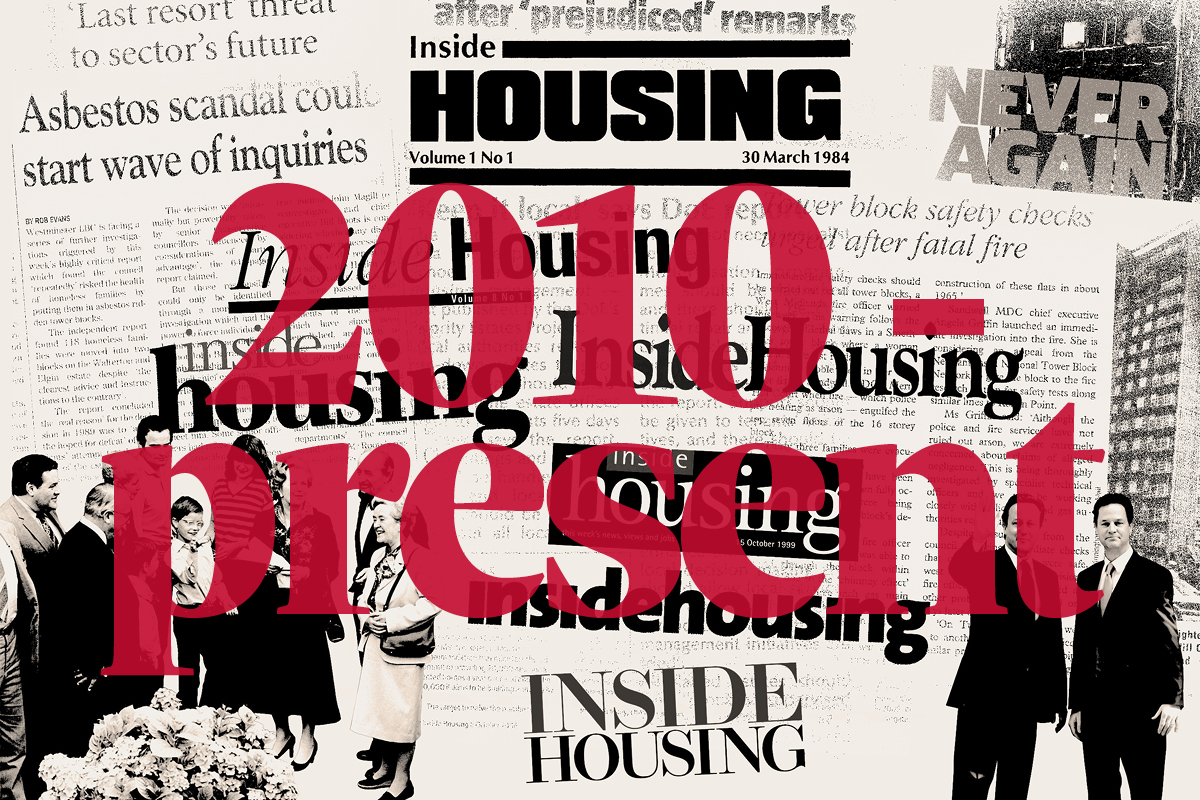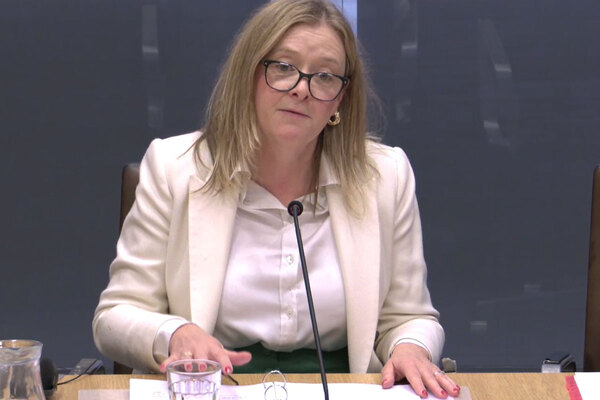You are viewing 1 of your 1 free articles
Retrofitting at scale: tackling hard-to-treat properties
We cannot afford to repeat the mistakes of previous retrofits at scale, write Tara Gbolade and Kasang Kajang

Our industry now recognises that one of the biggest challenges facing us is how we decarbonise our existing housing stock, given that 80% of the homes we will need in 2050 already exist.
The central government’s 2050 net zero carbon target, legally bound through the Climate Change Act 2008, relies heavily on the decarbonisation of existing buildings via retrofit works. Most local authorities have now declared a climate emergency and committed to becoming carbon neutral by 2030, highlighting much more ambitious regional targets.
The UK’s building sector accounts for circa 40% of carbon emissions, with social landlords owning circa 17% of the housing stock. This places a large burden on registered social landlords (RSLs) to review their existing assets and forecast suitable retrofit solutions in line with government targets.
We now also recognise the need for retrofitting is exacerbated by the current figure of 8.9 million homes in the UK classed as being in fuel poverty, with the average fuel poverty gap being the largest in homes with uninsulated solid wall construction.
While not yet prevalent (and it really should be), the industry is becoming better at highlighting the failures of previous retrofits at scale. These typically resulted in a cascade of defects contributing to an increase in condensation, leaving the resident with damp and mould stemming from single-retrofit measures being installed in isolation.
Consequences of poor retrofits have led to a deterioration of not only the home as an asset but more pressingly the comfort and health of the resident. Would you feel comfortable with cold spots in your home, moisture and chemical build-up in the air, insufficient ventilation, recurring damp and mould and, following the works, a potential increase in energy bills due to poor execution?
“Consequences of poor retrofits have led to a deterioration of not only the home as an asset but more pressingly the comfort and health of the resident”
In context of the 25 million homes that need to be comprehensively retrofitted within the next 30 years (equating to more than 3,000 a day), we cannot afford to repeat the mistakes of previous retrofits at scale typically actioned against opportunist funding streams.
We must learn, and fast, if we are to ensure that problems do not arise and leave occupants worse off than they were before, highlighting a key area of consideration in how we can improve moving forward by adopting best practices such as PAS2035 and a whole house approach.
With a new wave of retrofits required over the coming years, aided by government funding such as the Social Housing Decarbonisation Fund (SHDF), our approach has to be different this time.
It must include a whole-house approach, adopting a holistic lifespan asset view. Learning from prior retrofits undertaken 15 years ago still provides critical insight for us today. A holistic strategic asset improvement plan is required, which might include the use of funding grants as and when they become available, in a phased lifespan whole-house retrofit approach rather than a restricted view lasting only months.
A whole-house approach will likely cause a 70% reduction in energy use over time and considers the unintended consequences from the outset ensuring they are addressed and remedied correctly.
It must follow best practice and quality standards. PAS 2035 is the UK standard for the retrofit of residential properties. Initially released in 2019 (revised in 2023), PAS 2035 details the processes for managing and executing retrofit projects and must be adopted for government-funded programmes such as SHDF. At the core of every retrofit project is a retrofit co0ordinator and retrofit designer who serve as pivotal figures that guide the project, ensuring quality oversight from beginning to end.
“Learning from prior retrofits undertaken 15 years ago still provides critical insight for us today”
There is now a growing number of retrofit co-ordinators and retrofit designers and they should be sought out if our new wave of retrofits (with or without grant funding) are to stand the test of time. Accrediting bodies and certification, such as TrustMark, British Board of Agrément and MCS, provide comfort in association with contractor’s in relation to workmanship quality management and product specification.
We must at all times prioritise the residents’ comfort and health. With grant funding caveats, it can be easy to forget the end user and who we are trying to ensure benefits as a result. For example, if moving a home from an Energy Performance Certificate rating of D to C requires the changing of some lightbulbs to energy-efficient lighting, we would have met the grant caveats, but certainly not improved the thermal performance or mould growth in a home.
In our quest to decarbonise and address fuel poverty, it has become even more critical to centre the more qualitative aspects of retrofit, alongside the more quantitative ones. Using ‘health’ as the lens from which to view retrofits, we might make different decisions, ones that prioritise the well-being of residents over ticking a box on a spreadsheet.
After all, isn’t this, the opportunity to improve the lives of people, the reason many of us remain passionate about our work?
Sign up for our asset management newsletter
Already have an account? Click here to manage your newsletters











